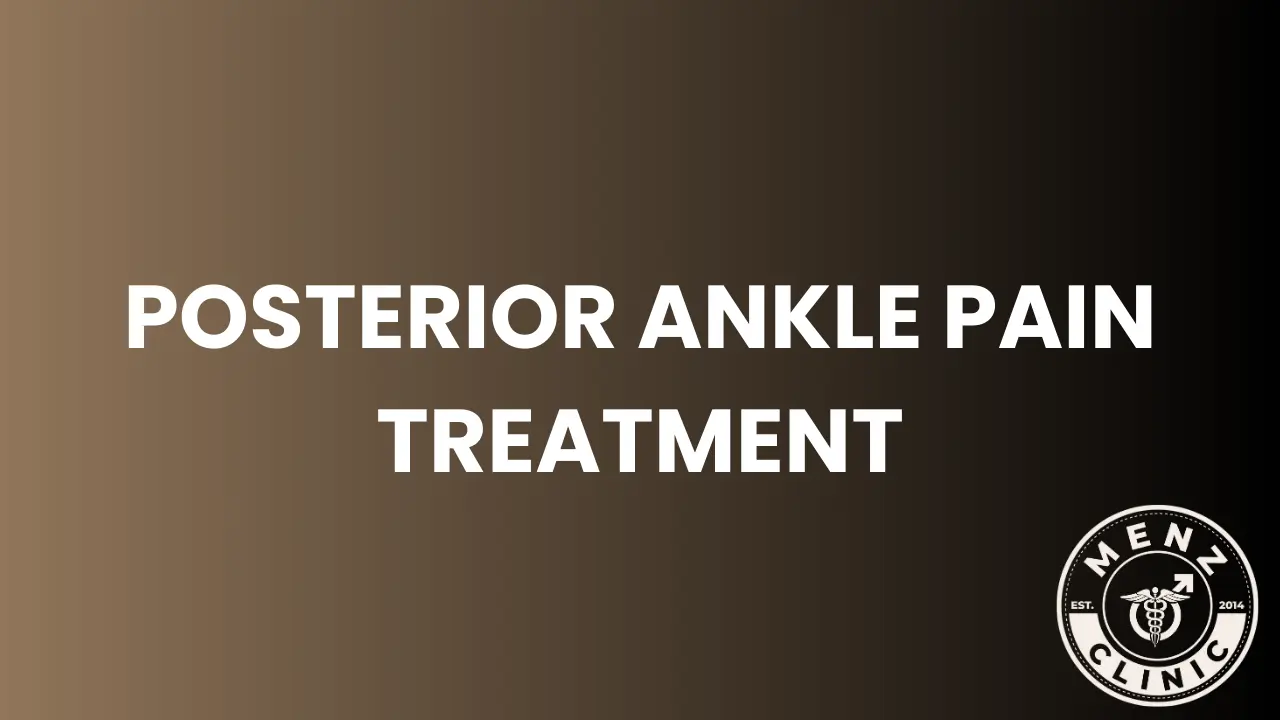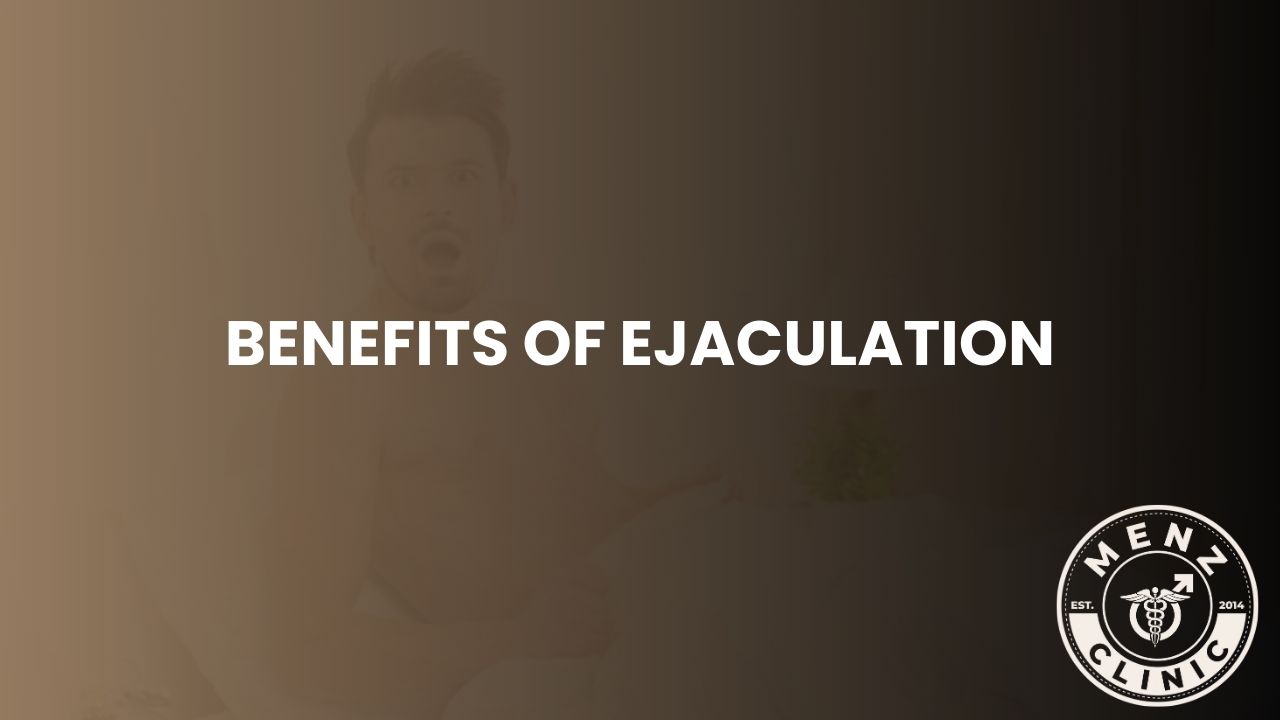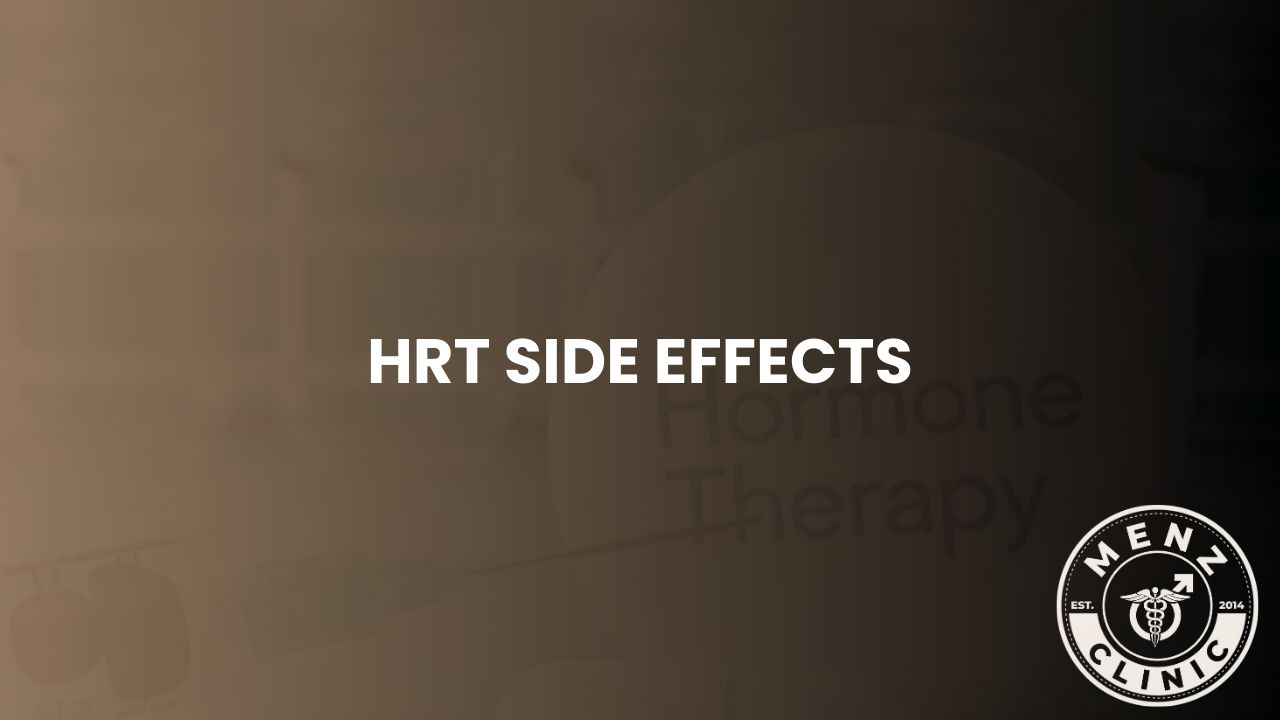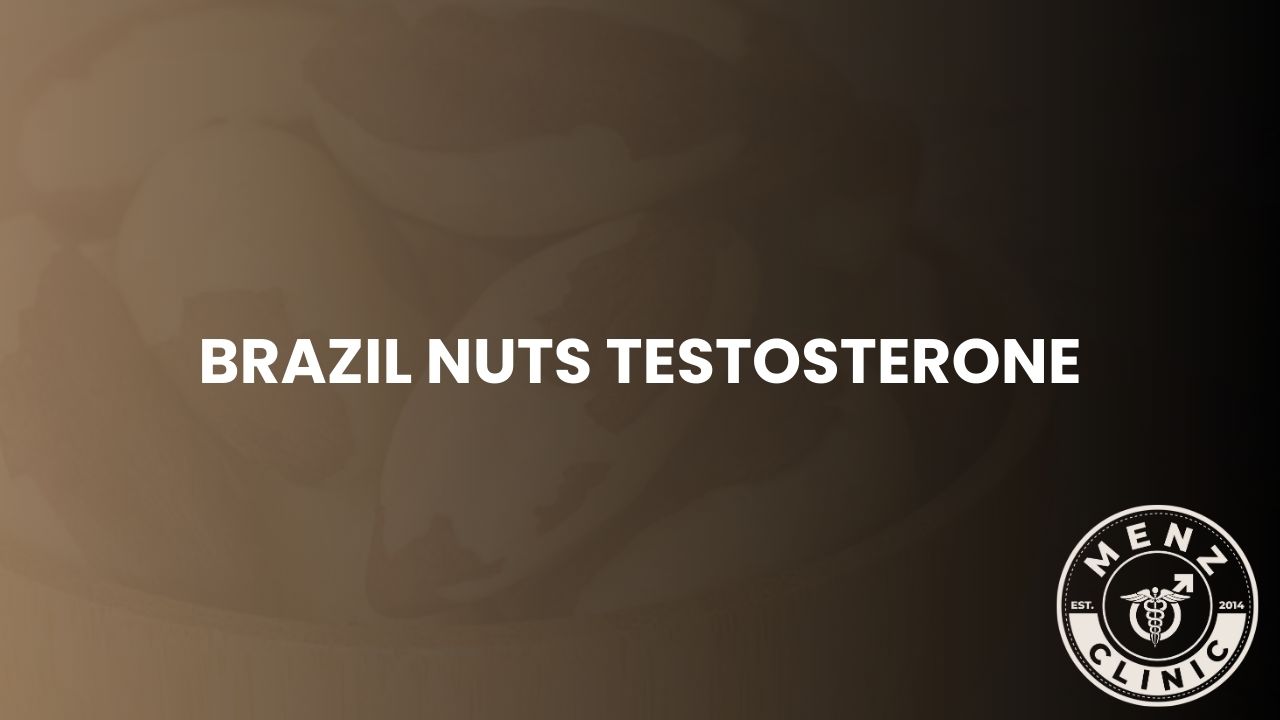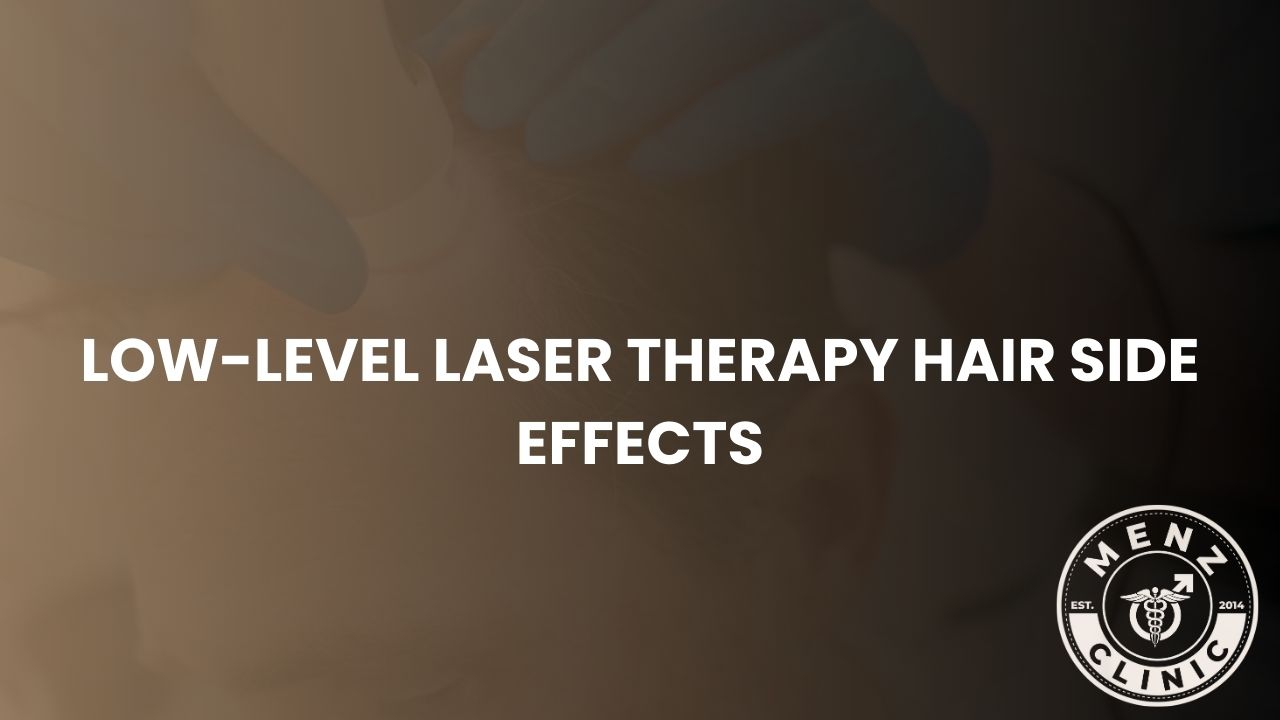Introduction
Posterior Ankle pain treatment, ankle pain is localized in the posterior region of the lower limb is one of the most common complaints of all age groups. It commonly presents a mild or severe discomfort, particularly in the posterior aspect of the ankle area or behind the ankle, which then results in a patient having minimal ability to freely move, and feel mild to severe pain while walking, jogging, or exercising. This is especially the case because it has been found that lack of understanding of the factors contributing to this particular type of right ankle pain and its management may result in the loss of mobility and pain in that region. In this blog here we will talk about the various diagnostic techniques of the posterior ankle pain and the treatment plan which include surgery to ensure that any future occurrences are halted for long term cure.
Understanding Posterior Ankle Pain
Pain felt at the back of the ankle can be referred to as posterior ankle pain, which is triggered by inflammation, injury, or over usage of tendons and soft tissues in the ankle region. The Achilles tendon is most often involved, and therefore is a major reason for posterior ankle pain. These common causes include.
Achilles Tendonitis: This is the swelling that comes about as a result of strain or overworking of the said tendon mainly located in the calf muscles of the legs. It can occur from activities such as running, jumping, or climbing among other physical activities.
Achilles Tendon Rupture: Complete Achilles tendon rupture which most often is associated with abrupt injury or vigorous exercise, leads to severe pain and marked inability to move the limb.
Retrocalcaneal Bursitis: This is defined as inflammation of the bursa, a small fluid filled pad found near the Achilles tendon usually caused by overuse or injury.
Other Less Common Causes: This may include such situations as posterior impingement syndrome, bony spurs or any given bone fracture and the like.
Understanding these causes is critical to identifying the appropriate posterior ankle pain treatment and preventing further complications.
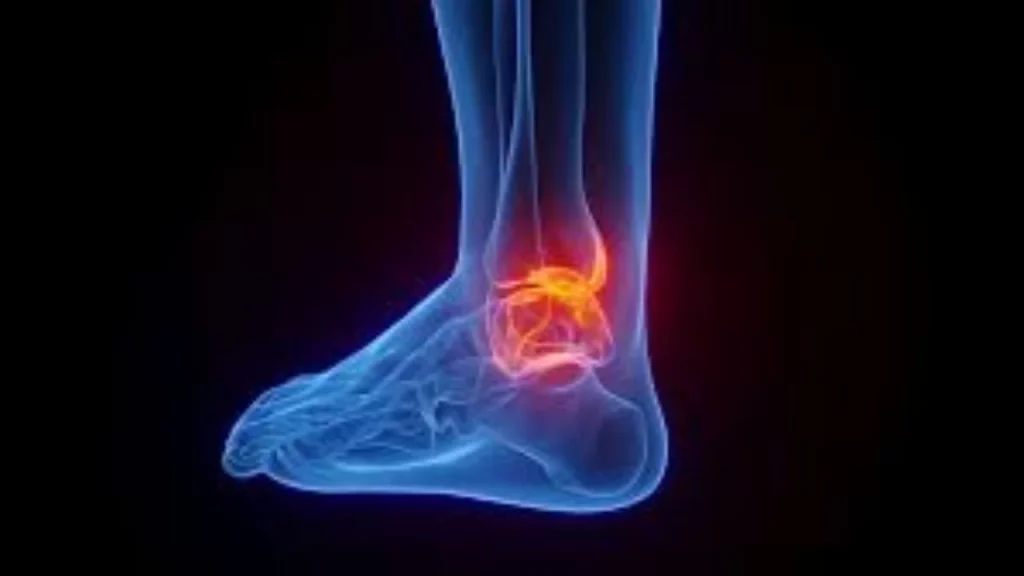
Identifying Symptoms
Posterior ankle pain symptoms often vary depending on the cause and severity of the condition.
Pain Location and Intensity: The pain is usually concentrated at the back of the ankle and can range from mild discomfort to severe, debilitating pain.
Swelling and Tenderness: Inflammation and tenderness around the Achilles tendon or heel are common. This may be accompanied by visible swelling.
Limited Range of Motion: Patients often experience stiffness in the ankle, making it difficult to move the foot or flex the ankle.
If any of these symptoms persist or worsen over time, it’s essential to seek medical attention. Proper diagnosis can help determine the best posterior ankle pain treatment to alleviate the symptoms and prevent further damage.
Initial Self-Care and Home Remedies
For many individuals, the initial approach to posterior ankle pain treatment involves self-care and simple home remedies. These measures can help reduce inflammation and alleviate pain.
Avoiding activities that exacerbate the pain is crucial. Giving the ankle time to rest is one of the most important steps in treating posterior ankle pain. It’s recommended to apply ice for 15-20 minutes several times a day. Wrapping the ankle in a compression bandage and keeping it elevated can help reduce swelling and improve circulation. While these self-care measures may alleviate minor symptoms, they are typically part of the broader posterior ankle pain treatment plan, especially for more persistent or severe cases.
Medical Treatments and Therapies
Sometimes, standard measures in posterior ankle pain management may not be enough, and therefore, patients may require other complex medical interventions and therapies. Physical Therapy can work with the pt to design simple stretching and strengthening exercise to enhance mobility, decrease pain and regain developmental function in the area affected. They went on to suggest that certain forms of exercise including the tendon Achilles and the calf muscles enhance the treatment of posterior ankle pain.
- Manual Therapy Techniques: Hands-on therapies such as massage, joint mobilization, or soft tissue release can alleviate tension and promote healing.
- Orthotic Devices: Custom orthotics or heel lifts can provide support to the ankle and reduce pressure on the Achilles tendon. These devices are often recommended as part of long-term posterior ankle pain treatment.
- Prescription Medications: In some cases, doctors may prescribe stronger pain relievers or anti-inflammatory drugs to manage pain.
- Corticosteroid Injections: For severe inflammation, corticosteroid injections may be used to provide rapid relief by reducing swelling.
- Shockwave Therapy: This non-invasive treatment uses sound waves to promote healing in chronic cases of posterior ankle pain. Shockwave therapy is gaining popularity as an effective posterior ankle pain treatment option.
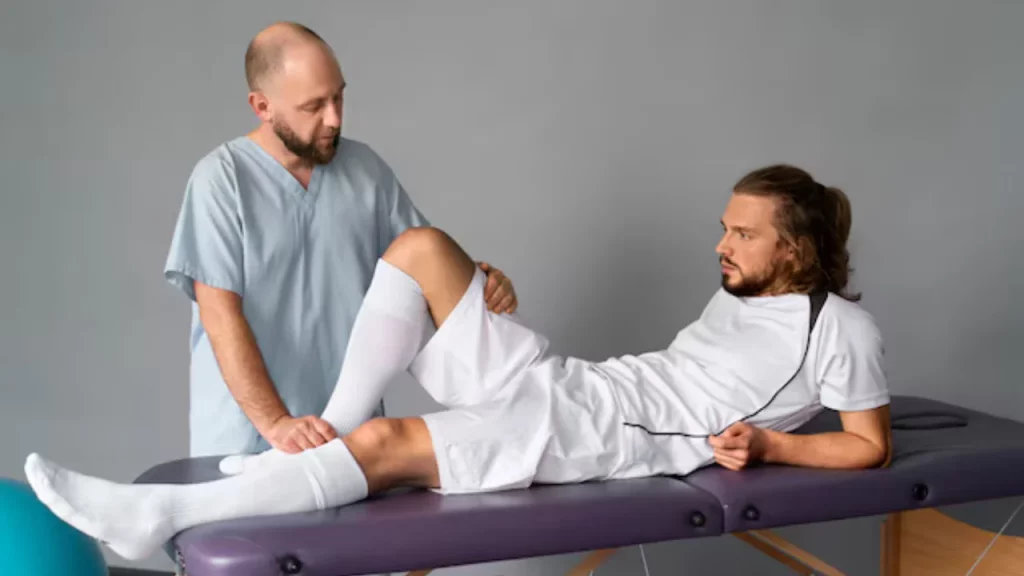
Surgical Treatment for Ankle Pain
Surgery is usually considered when conservative treatments fail to provide relief or if the injury is severe. The type of surgery depends on the underlying cause of the posterior ankle pain.
If the Achilles tendon is torn or severely damaged, surgical repair may be necessary to restore proper function. For cases of retrocalcaneal bursitis that do not respond to other treatments, surgery to remove the inflamed bursa may be an option. Bone spur removal or procedures to correct posterior impingement syndrome are also considered for certain patients. Surgical intervention should always be viewed as a last resort for posterior ankle pain treatment after exhausting non-surgical options.

Preventive Measures and Lifestyle Adjustments
You can prevent posterior ankle pain by making a few lifestyle changes and incorporating some prevention strategies into your daily routine. Wearing shoes that support and cushion your ankle and Achilles tendon can prevent strain. Warming up before exercise and doing calf and ankle stretches can reduce your risk of injury. Strengthening the muscles around your ankle and calf can help stabilize your ankle joint and prevent future pain. Gradually increasing your activity levels and taking regular rest breaks can prevent overuse injuries that lead to posterior ankle pain. By incorporating these prevention measures you can reduce the need for extensive posterior ankle pain treatment and protect yourself from future injuries.
Long-Term Posterior Ankle Pain Treatment
Even after symptoms go away, managing posterior ankle pain is a long-term process. Ongoing therapy, exercise, and monitoring can help maintain recovery and prevent reoccurrence. Check-ins with your healthcare provider will ensure the treatment is working and can be adjusted as needed. Continuing with your exercises and therapy sessions will help maintain mobility and strength. Routine visits will allow for early detection of any recurrence so you don’t need more invasive posterior ankle pain treatment.
Conclusion
Back of ankle pain can be a bugger but with the right approach you can get relief. From self care to medical treatments there are many options to manage and treat back of ankle pain. Always see a professional if symptoms persist or get worse over time. At MENZ Clinic Dr. J, M.D. treats back of ankle pain and will give you personalized care to get you back to 100%. If you have back or ankle pain contact the MENZ Clinic today.
